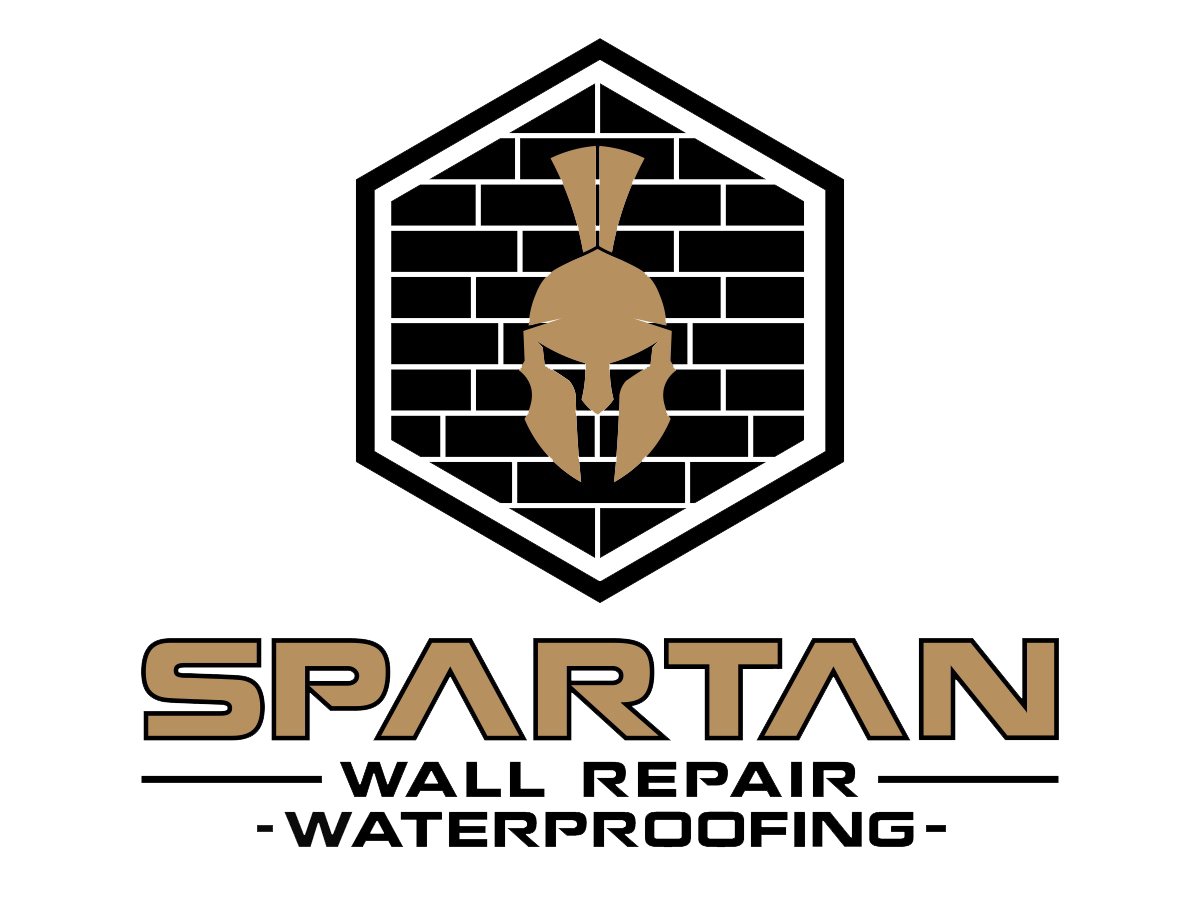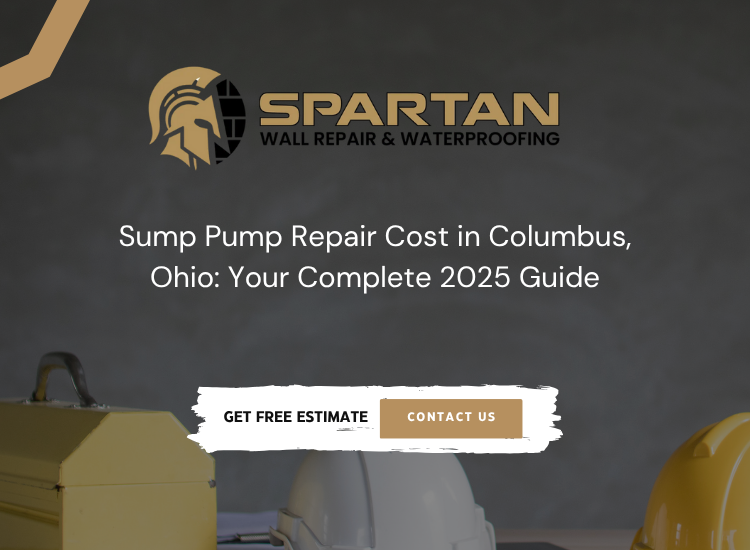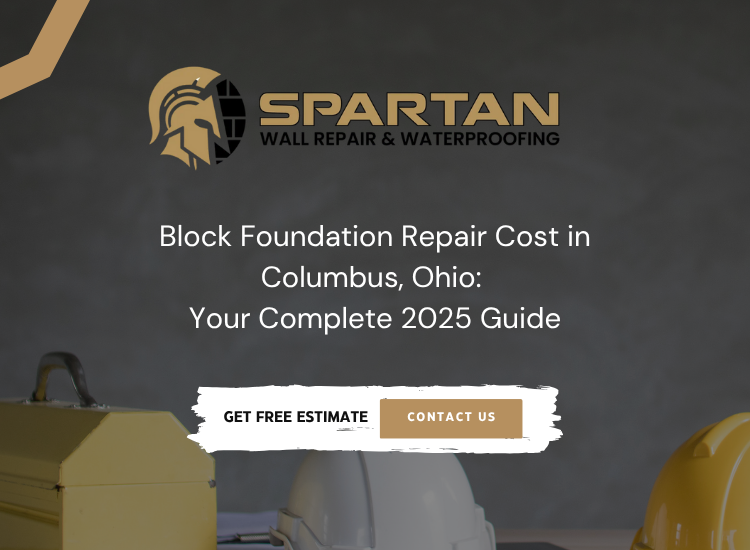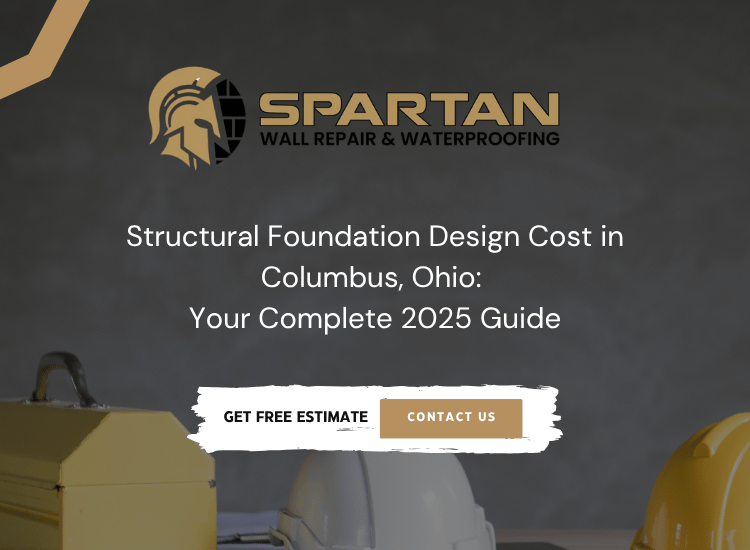Exterior drainage refers to the systems and techniques used to direct water away from your home’s foundation and prevent it from pooling in your yard. Think of it as your property’s defense system against water damage – channels, pipes, and slopes that work together to keep moisture where it belongs: away from your house. In Columbus, Ohio, where we experience an average of 39 inches of rain annually and rapid freeze-thaw cycles, proper exterior drainage is essential to protect your home from water damage, foundation issues, and costly repairs.
Signs You May Need Exterior Drainage
Wondering if your property needs better drainage? Here are the telltale signs that water isn’t flowing where it should:
- Pooling water in your yard – If puddles stick around for more than 24 hours after rain, you’ve got a drainage problem
- Soggy, spongy soil – Your lawn shouldn’t feel like a marsh days after rainfall
- Wet basement or crawl space – Water stains, dampness, or actual water in your basement signals poor yard drainage
- Foundation cracks – Both hairline and larger cracks can result from water pressure against your foundation
- Musty, moldy smell – That distinctive odor means moisture is trapped somewhere it shouldn’t be
- Erosion patterns – Visible channels where water has carved paths through your landscaping
- Gutters overflowing – Even with clean gutters, water spilling over indicates inadequate drainage capacity
Types of Exterior Drainage Systems
Not all drainage solutions are created equal. The right system for your Central Ohio property depends on your specific water issues, soil type, and landscape. Here’s what works best for different situations:
French Drains
The workhorse of drainage around house systems, French drains consist of perforated pipes surrounded by gravel, buried in a trench. They’re ideal for Columbus properties with our heavy clay soil that doesn’t absorb water well. French drains excel at collecting groundwater and directing it away from foundations, making them perfect for Ohio homes with basement water problems, especially in areas like Clintonville, Upper Arlington, and German Village where older homes are common.
Surface Drains / Catch Basins
These grated drains sit at ground level to capture surface water runoff. They work best in areas where water naturally collects, like driveways, patios, or low spots in your yard. Surface drains are your go-to solution for managing water from heavy rains or snow melt that would otherwise pool on hardscapes.
Gutter Downspout Extensions
Simple but effective, these extensions carry roof water at least 6-10 feet away from your foundation. They’re essential for any home but especially critical for properties with minimal slope. Downspout extensions prevent the concentrated flow from gutters from saturating the soil near your foundation walls.
Grading and Sloping
Sometimes the best surface water management strategy is reshaping your landscape. Proper grading ensures water flows away from your home naturally. This solution works best for properties with minor pooling issues or as a complement to other drainage systems. The ideal slope is 6 inches of drop for every 10 feet of distance from your foundation.
How Much Does Exterior Drainage Cost?
Exterior drainage costs in Columbus, Ohio vary based on the complexity of your water issues and the solutions required. Here’s what Central Ohio homeowners typically invest:
Basic Solutions ($500-$2,000):
- Downspout extensions and splash blocks
- Minor grading adjustments
- Simple surface drains
Mid-Range Projects ($2,000-$6,000):
- French drain installation (100-150 feet)
- Multiple catch basins with connecting pipes
- Moderate regrading projects
Comprehensive Systems ($6,000-$10,000+):
- Full perimeter French drain systems
- Major landscape regrading
- Combined surface and subsurface drainage
- Sump pump installation
Several factors affect your final cost in the Columbus area: yard size, Ohio’s clay-heavy soil (which costs more to excavate), existing slope, accessibility for equipment, and whether you’re addressing current damage or preventing future issues. Properties in flood-prone areas near the Scioto or Olentangy rivers may need additional waterproofing or foundation repair, increasing the overall investment.
DIY vs. Professional Exterior Drainage
DIY Drainage: Pros and Cons
Pros:
- Significant cost savings (materials only)
- Complete control over timeline
- Satisfaction of solving your own problem
- Good for simple projects like extending downspouts
Cons:
- Risk of improper slope calculations leading to standing water
- Potential for accidentally damaging utilities
- No warranty on workmanship
- May not meet local building codes
- Could make problems worse if done incorrectly
When to Call Professionals
Professional installation makes sense when dealing with:
- Severe water infiltration or basement leaks
- Complex topography requiring precise grading
- Multiple drainage solutions needed
- Clay or rocky soil requiring special equipment
- Any project near your foundation
The risks of DIY mistakes – including creating new water problems or missing underlying issues – often outweigh the upfront savings.
Long-Term Benefits of a Proper Drainage System
Investing in yard drainage pays dividends far beyond keeping your feet dry. Here’s what proper drainage protects:
Protecting Home Value
Water damage is one of the biggest red flags for potential buyers. A well-designed drainage system demonstrates proactive maintenance and can actually increase your property value. Home inspectors specifically look for drainage issues, and addressing them preemptively keeps your home market-ready.
Avoiding Costly Foundation Repairs
Foundation repairs can cost $15,000-$40,000 or more. Compare that to a $3,000-$5,000 drainage system that prevents the problem entirely. Water is your foundation’s worst enemy – it causes soil expansion and contraction that leads to settling, cracking, and structural failure.
Improving Landscaping Health
Proper drainage creates ideal growing conditions for grass, plants, and trees. No more root rot from waterlogged soil or dead patches from standing water. Your landscape thrives when water moves through it properly rather than pooling on the surface.
Health and Comfort Benefits
Beyond structural concerns, good drainage eliminates breeding grounds for mosquitoes, reduces mold and mildew growth, and makes your outdoor spaces usable year-round. A dry basement becomes valuable living space instead of a musty storage area.
Exterior Drainage Services Near You
Don’t let Ohio’s unpredictable weather catch you off guard. Professional drainage contractors like SpartanWallRepair.com offer comprehensive inspections throughout Columbus and Central Ohio, including Dublin, Westerville, Grove City, and Reynoldsburg. Most reputable local companies provide free estimates and can design custom solutions for your specific property challenges.
A professional evaluation considers factors unique to Central Ohio: our clay soil composition, seasonal freeze-thaw cycles, local water table levels, and Franklin County building code requirements. They’ll also warranty their work, giving you peace of mind that your drainage system will perform during Ohio’s heaviest spring rains and winter thaws.
Ready to protect your Columbus home from water damage? Contact SpartanWallRepair.com today for a drainage inspection and estimate. Our local experts understand Ohio’s unique drainage challenges and will recommend the most cost-effective solutions to keep your home dry and your foundation secure. Serving all of Franklin County and surrounding areas.
FAQ
How do I know if I need exterior drainage?
Look for standing water 24 hours after rain, water stains in your basement, soggy spots in your yard, or cracks in your foundation. If you notice any of these signs, you likely need improved drainage. Even without obvious problems, properties with clay soil or minimal slope benefit from proactive drainage installation.
Is a French drain the best option for clay soil?
Yes, French drains work exceptionally well in Ohio’s clay soil because clay doesn’t absorb water quickly. The perforated pipe and gravel system creates an underground channel that collects and redirects water that would otherwise sit in the clay, potentially damaging your foundation. This is especially important in Columbus where clay soil is prevalent throughout Franklin County.
Can I install exterior drainage in winter?
While possible, winter installation in Ohio presents significant challenges. Frozen ground is harder to excavate, and Columbus’s freeze-thaw cycles can affect proper settling. Spring (April-May) and fall (September-October) are ideal times for drainage projects in Central Ohio, though emergency repairs shouldn’t wait if you’re experiencing active water damage.
How often should exterior drainage be maintained?
In Columbus, inspect your drainage systems twice yearly – before spring rains and after fall leaves drop. Clear debris from surface drains, ensure downspouts are connected and extended properly, and look for signs of settling or displacement. French drains in Ohio’s clay soil typically need professional cleaning every 3-5 years.
Will exterior drainage solve my basement water problems?
In many Columbus homes, yes. Proper exterior drainage prevents water from reaching your foundation walls in the first place. This is crucial in older neighborhoods like Victorian Village or Bexley where basements are common. However, severe cases may require interior waterproofing in addition to exterior solutions. A local professional can determine the best approach for your specific situation.
What’s the best drainage solution for Columbus’s climate?
For most Columbus properties, a combination approach works best: French drains to handle subsurface water from our clay soil, proper grading to manage surface runoff during heavy rains, and extended downspouts to handle roof water. This comprehensive system addresses Ohio’s varied weather patterns from spring storms to winter snow melt.




